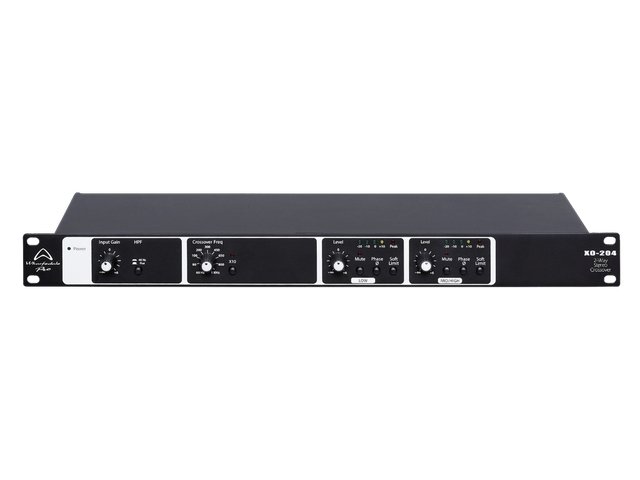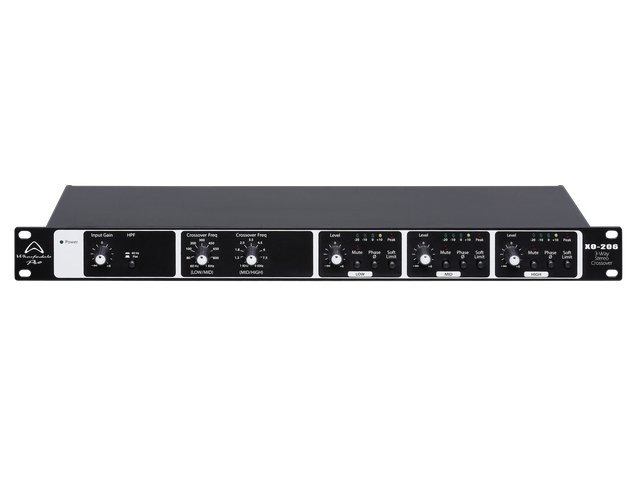Dressed to Compress: The Basics
Many musicians have a fair idea of what compression is, but not all of them know how to master it. To really get a good grasp of how to properly use compression, you’ll first need to get the basics covered. This article explains the compressor’s main functions, dials and parameters so you can get your head around this vital processing tool.
What is a compressor?
Essentially, compression reduces the dynamic range of whatever sound is run through it. For instance, if you ran a drum break through a compressor, you’ll start to raise the quieter signals while attenuating the louder signals. To help you along, here’s a handy glossary of the typical dials of a compressor:
- Threshold – Determines how loud the signal has to be before it starts compressing.
- Ratio – Determines how much compression is applied. For example, a ratio of 3:1 would mean that the input signal would have to pass the threshold by 3dB for the output level to increase by 1dB.
- Attack – How long it takes for the compressor to kick in
- Release – How long it takes for the signal to an uncompressed state
- Knee – Determines how the compressor responds to the signal once it has passed the threshold. Generally, hard knee settings result in a tighter, snappier reaction, while soft knee settings are more forgiving and gentle in tone.
- Make-up gain – As compression attenuates the volume of whatever’s passed through it, make-up gain serves as a tool to compensate (make up) for the reduction.
- Output – Allows you to boost or reduce the level of the signal’s output from the compressor.
How do I properly set up a compressor?
It shouldn’t matter too much whether you’re using a hardware or software compressor – they both have the same, interchangeable features.
- Adjust the threshold until the peaks of the signal exceed the threshold level and trigger the compressor.
- The ratio should be set up according to taste, but as a general rule the higher the ratio the more aggressively compressed the signal is going to become.
- Fine tune the ratio and threshold so that they work together and produce the amount of compression you’re looking for.
- If you want the compressor to snap, choose a faster attack and release setting. If you want a more transparent sound, opt for medium to longer settings. Experiment and get a feel of how you want the final product to sound.
- Finally, add make-up gain (or adjust the output) to compensate for the reduction in volume (if any).
Tips:
- A fast attack (2-3ms) on a drum loop is going to clamp on the drum transients quite hard, and create a snappy attack sound.
- Want a really crusty, gritty and squashed drum break? Crank it up! Or if you just want to compress the loop enough so that it gels together, set the ratio at a reasonable level (2:1 or 3:1).
- Hard knee settings work particularly great with percussive instruments, while soft knee is useful when you’d like to be more subtle (like on vocals and guitars).
- Some compressors have an ‘analog’ emulation setting which is essentially a bit of tape hiss. Bear in mind that these low level signals will be raised in the mix so be sure to turn it off if you don’t want that audible.
- It’s easy to overdo compression, back it off (and then some more) if you feel that the compressor has imparted too much on the sound.
- Once you’ve mastered these ‘rules’, don’t be afraid to break them. The best engineers and sound designers are masters of experimentation – and a large part of that is throwing the rulebook out the window.
Related Products
-
$199.00
-
$279.00



























